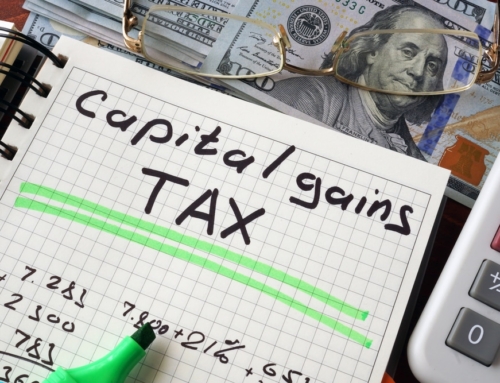At one of my jobs long ago, I arranged to have $25 taken out of each monthly paycheck to buy a $50 U.S. savings bond. The money wasn’t missed, and the savings added up to $600 worth of long-term savings for only a $300 annual investment.
These days, my clients and readers don’t ask about using payroll withdrawals to buy bonds. Instead, people who want U.S. savings bonds must go out and buy them on their own. The denominations are larger, the rate of return is lower, and the bonds come with a variety of tax options.
While financial institutions no longer sell U.S. savings bonds, you can buy them online or using your federal income tax refunds.
How are savings bonds taxed?
Savings bonds are only subject to federal income tax—your state does not tax them. Taxes can be deferred until you redeem the bond or until the bond reaches final maturity, whichever happens first.
The usual way of paying taxes on savings bond earnings is to report them when the bond is finally cashed in. Older bonds that were purchased in the last century have a much higher interest rate than current bonds, which means that the accumulated interest on these bonds can be quite significant.
For example, a $50 EE/E bond purchased in 1983 for $25 would be worth $140 in January 2013. Imagine if you had bought 12 of those in 1983. The combined interest when you finally cashed them in would be over $1,115 instead of about $50 per year had the interest been reported annually.
You can avoid paying taxes on the earned interest by using EE/E bonds or I bonds to finance education. (IRS Publication 970 explains the guidelines and restrictions, as well as what expenses are eligible.)
Or, you can pay tax on the interest each and every year after your investment.
This is a wise choice for three reasons:
1. Earnings tend to be relatively low on a bond in a given year, so the tax bite is often minimal.
2. When you ultimately cash the bond in, the earnings will be taxed at a higher rate—especially because taxes rise over decades.
3. After you die, your heirs will pay taxes on all the earnings unless you have reported the income along the way. Be sure to keep records so your fiduciary knows you’ve been doing this.
Most people don’t realize that annual reporting is even an option. After all, you don’t get an annual 1099-INT showing your earnings each year, so there’s nothing to jog your memory. Besides, without the 1099-INT, how can you even know how much to report? That’s easy—just use this handy-dandy calculator provided by the U.S. Treasury’s website.
Eva Rosenberg, EA is the publisher of TaxMama.com, where your tax questions are answered. She is the author of several books and ebooks, including Small Business Taxes Made Easy. Eva teaches a tax pro course at IRSExams.com and tax courses you might enjoy at http://www.cpelink.com/teamtaxmama.






